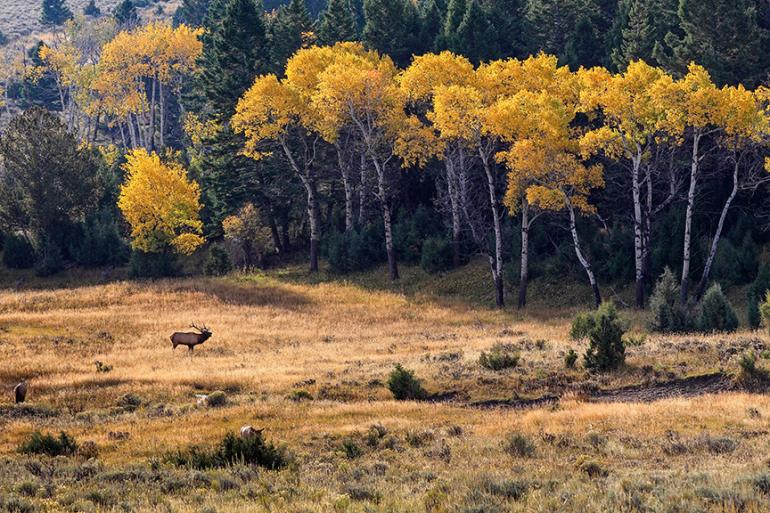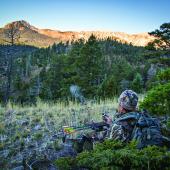Home-Field Advantage
Optimizing your public-land hunt.
640 million. That’s the acreage of public land that you, as an American citizen, own right now. If you’re lucky and have any vantage point from beautiful Bozeman, you can look to the horizon and know that the jagged edges of the peaksin the distance are unequivocally yours. And if you’re even luckier, you might currently hold a tag or a license that allows you to be a participant in all of this. Adventures—and hopefully a full freezer—await.
Traveling to and on these public lands can be precarious, and access points can be tricky—getting yourself there is half the battle. Here are some tips and tricks to help get ahead of the curve in your public-land hunt.
Download onXmaps Hunt. There are plenty of online mapping solutions out there, but for me, this takes the cake. If I know a general area that I’d like to hunt, I simply save the map and the grid tells me whether I’m on public or private land, what unit I’m currently in, AND acts as a GPS unit on my phone, even when I’m offline and have no signal. I’ve found some amazing spots of state land through this app that are prime habitat for whitetail, mule deer, elk, and turkeys, and I’ve kept myself out of trouble when near private and public borders. (onXmaps also sells a chip if you prefer to use your GPS rather than your phone.)
Use FWP’s resources. Time and time again, I go back to the regulations and the regional maps to determine what I can hunt where. This might not seem like a big deal, but our units in Region 3 have distinct and clear-cut outlines built around the management needs of each particular herd, and knowing whether you can kill a brow-tined bull or not in 311 can be the difference between your best day and your worst day when that bull hits the ground. Be certain of your position within our region, and be certain of your legality within that region.
Be willing to walk to escape high pressure. Certain public lands receive a very high level of pressure during hunting season. If it’s rifle season, wear at least 400 square inches of blaze orange(state law) and look for orange on the hillsides. The way to get beyond high-pressure spots is to go on foot. Typically, if you go walk more than a mile into most public areas, you’ll find that you’re alone. Wildlife tends to be where the people aren’t, anyway. Up your chances by upping your mileage.
Get involved in the conservation movement. Americans have been fighting since the days of Theodore Roosevelt to protect American lands and wildlife and to hold both in the public trust—and the fight’s not over. If you want to keep hunting public land, you need to join the fight by supporting groups like the Theodore Roosevelt Conservation Partnership, Backcountry Hunters & Anglers, the Rocky Mountain Elk Foundation, and the National Wildlife Federation. What’s more, all these groups have local chapter events where you can meet other hunters, swap stories, and get information on where to hunt.
Nicole Qualtieri manages social media and online advocacy for Backcountry Hunters & Anglers.











